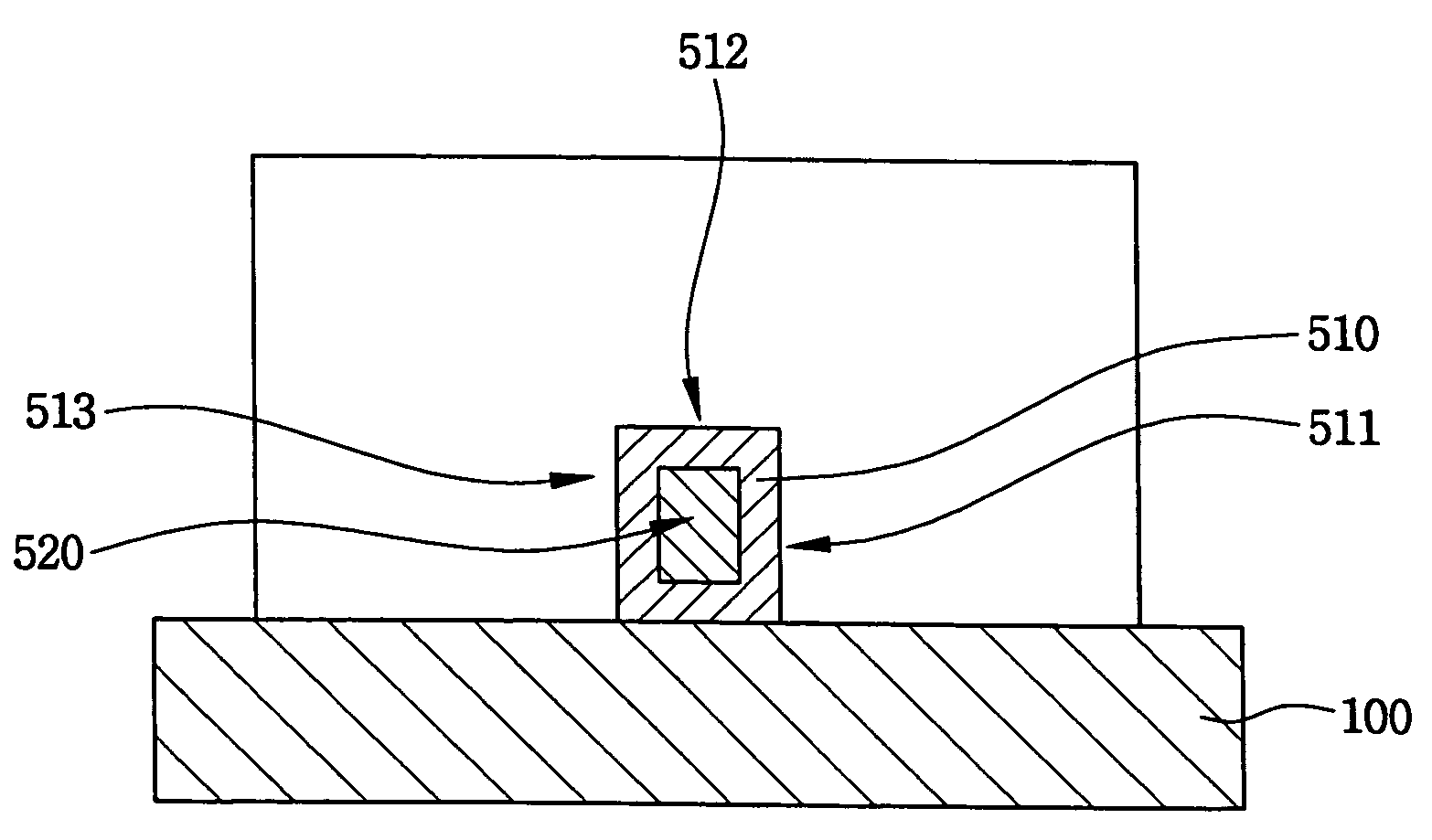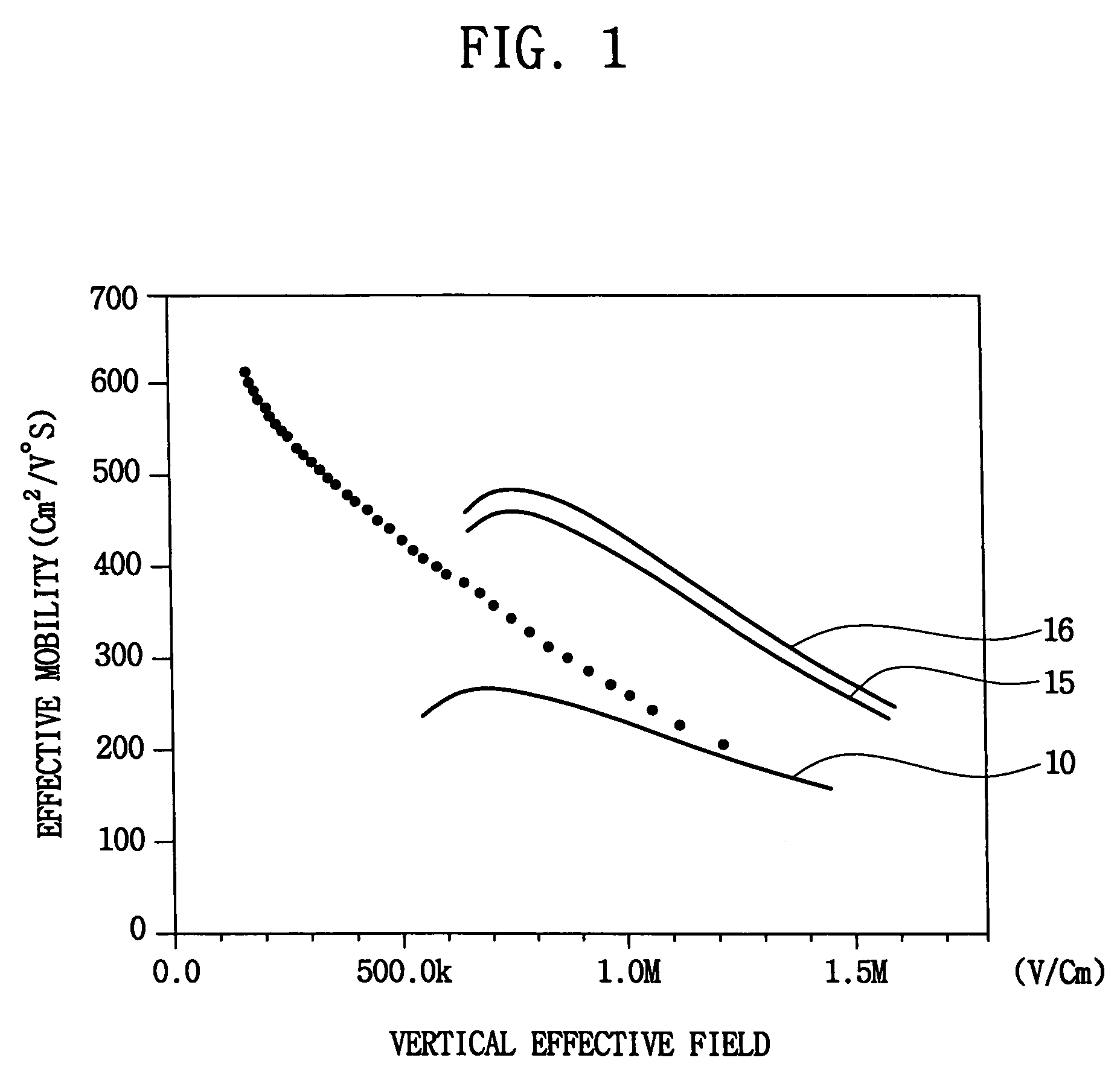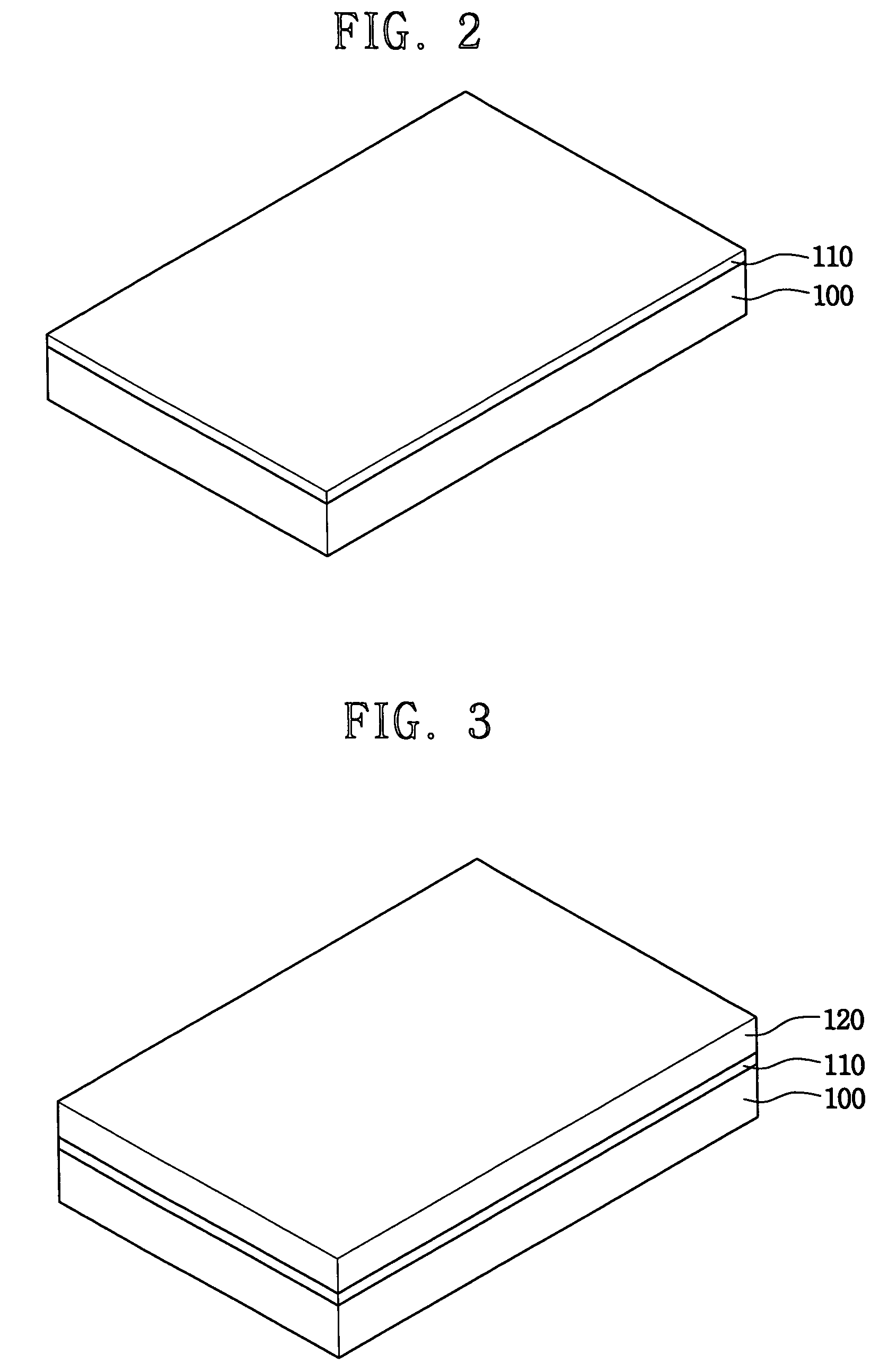Semiconductor device with different lattice properties
a technology of lattice properties and semiconductors, applied in the direction of semiconductor devices, electrical equipment, transistors, etc., can solve the problems of reducing the processing time of a transistor, reducing the time needed for electrons to pass, and cmos transistor manufacturing techniques are difficult to meet the needs of cmos transistors, so as to improve electron mobility in the channel and reduce current loss
- Summary
- Abstract
- Description
- Claims
- Application Information
AI Technical Summary
Benefits of technology
Problems solved by technology
Method used
Image
Examples
Embodiment Construction
[0027]The invention now will be described more fully hereinafter with reference to the accompanying drawings, in which exemplary embodiments of the invention are described. This invention may, however, be embodied in many different forms and should not be construed as limited to the embodiments set forth herein; rather, these embodiments are provided so that this disclosure will be thorough and complete, and will fully convey the scope of the invention to those skilled in the art. Like numbers refer to like elements throughout. The relative thickness of layers in the illustrations may be exaggerated for purposes of describing the invention.
[0028]FIGS. 2 to 7 are exemplary views illustrating a method of manufacturing a semiconductor device according to embodiments of the invention. In FIG. 2, the first semiconductor layer 110 is formed on the semiconductor substrate 100. In FIG. 3, the second semiconductor layer 120 is formed on first semiconductor layer 110. The second semiconductor...
PUM
 Login to View More
Login to View More Abstract
Description
Claims
Application Information
 Login to View More
Login to View More - R&D
- Intellectual Property
- Life Sciences
- Materials
- Tech Scout
- Unparalleled Data Quality
- Higher Quality Content
- 60% Fewer Hallucinations
Browse by: Latest US Patents, China's latest patents, Technical Efficacy Thesaurus, Application Domain, Technology Topic, Popular Technical Reports.
© 2025 PatSnap. All rights reserved.Legal|Privacy policy|Modern Slavery Act Transparency Statement|Sitemap|About US| Contact US: help@patsnap.com



